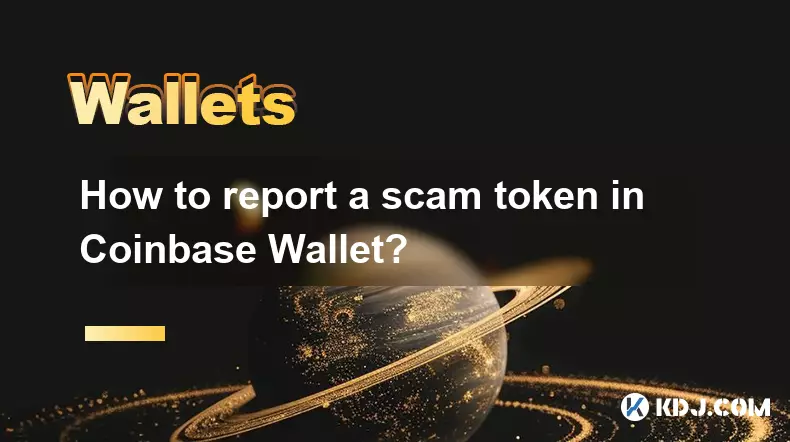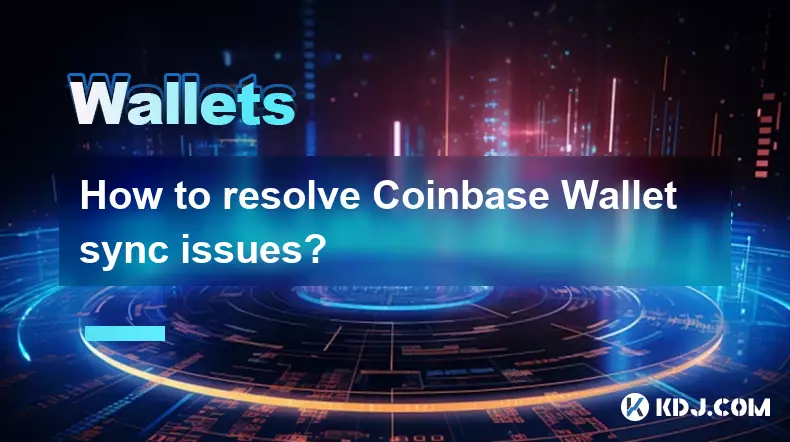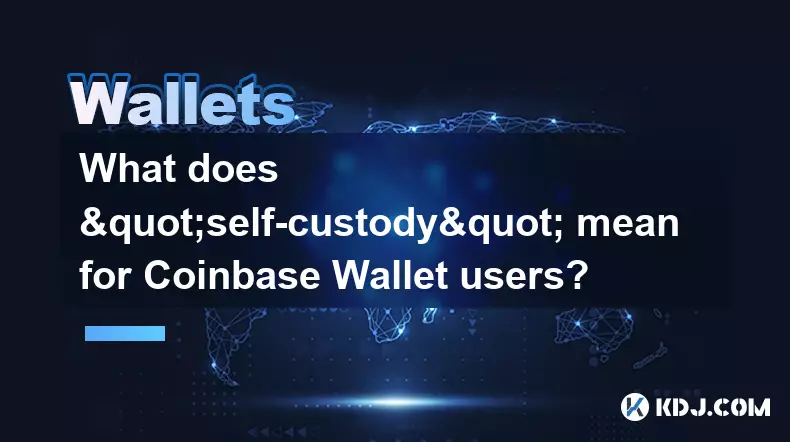-
 bitcoin
bitcoin $99177.955738 USD
-7.32% -
 ethereum
ethereum $3187.183061 USD
-12.38% -
 tether
tether $0.999809 USD
0.00% -
 xrp
xrp $2.117933 USD
-9.42% -
 bnb
bnb $906.710033 USD
-9.17% -
 solana
solana $149.367737 USD
-10.74% -
 usd-coin
usd-coin $0.999816 USD
0.01% -
 tron
tron $0.281498 USD
-0.38% -
 dogecoin
dogecoin $0.156292 USD
-8.00% -
 cardano
cardano $0.500744 USD
-10.19% -
 hyperliquid
hyperliquid $38.087358 USD
-4.58% -
 chainlink
chainlink $14.097831 USD
-8.54% -
 bitcoin-cash
bitcoin-cash $463.329916 USD
-9.22% -
 ethena-usde
ethena-usde $0.999078 USD
-0.01% -
 unus-sed-leo
unus-sed-leo $9.475862 USD
-0.79%
Securing Your Ethereum Wallet: A Guide for DeFi and NFT Users
Always verify NFT marketplace URLs and never share your seed phrase—phishing and scams are rampant in DeFi and Ethereum ecosystems.
Nov 04, 2025 at 01:55 pm

Understanding the Risks in Ethereum Wallet Management
1. The decentralized nature of Ethereum means users are solely responsible for securing their wallets. Unlike traditional financial systems, there is no central authority to recover lost or stolen funds.
2. Phishing attacks are rampant in the DeFi and NFT space. Fraudulent websites mimic legitimate platforms such as MetaMask or OpenSea, tricking users into revealing private keys or seed phrases.
3. Malware targeting clipboard content can alter wallet addresses during transactions. When a user copies an address, malicious software replaces it with the attacker’s address, leading to irreversible fund loss.
4. Smart contract vulnerabilities pose serious threats, especially when interacting with new or unaudited DeFi protocols. Exploits like reentrancy attacks have led to millions in losses.
5. Social engineering tactics exploit human psychology. Scammers impersonate support staff or project teams on Discord or Twitter, convincing users to sign malicious transactions.
Essential Security Practices for DeFi Participants
1. Always use hardware wallets like Ledger or Trezor when managing significant amounts of ETH or engaging in frequent DeFi interactions. These devices store private keys offline, reducing exposure to online threats.
2. Never share your seed phrase with anyone, under any circumstance. No legitimate service will ever ask for it. Storing it digitally—especially in cloud notes or messaging apps—increases the risk of theft.
3. Verify contract addresses before interacting with DeFi platforms. Use official project websites and cross-check addresses on Etherscan. Bookmark trusted sites to avoid typo-based phishing traps.
4. Limit approval permissions for token spending. Tools like Revoke.cash allow users to revoke access for contracts they no longer use, minimizing damage from compromised protocols.
5. Enable two-factor authentication on associated email accounts and exchange profiles. While Ethereum itself doesn’t support 2FA, linked services often do and serve as entry points for attackers.
Protecting NFT Holdings and Marketplace Activity
1. Use a dedicated wallet for NFT transactions. Separating NFT assets from DeFi activity reduces the attack surface. If one wallet is compromised, others remain secure.
2. Be cautious with 'free mint' offers or unexpected airdrops. Some contain malicious code that executes upon claiming or transferring. Review the smart contract before interacting.
3. Always double-check the URL of NFT marketplaces like OpenSea, Blur, or LooksRare. Fake domains differ by only one character and can fool even experienced users.
4. Disable automatic image loading in your browser when browsing NFT communities. Certain images can trigger embedded scripts or lead to unauthorized wallet connections.
5. Avoid signing unknown messages prompted by websites. These can be disguised transaction requests that grant control over your assets. Use tools like Blockaid or Pocket Universe to inspect signature requests.
Responding to Suspicious Activity
1. If you suspect your wallet has been compromised, immediately stop using it. Do not interact with any dApps or sign further transactions.
2. Transfer remaining funds to a new, securely generated wallet. Ensure the new wallet has never been used online and is backed by a fresh seed phrase.
3. Revoke all active token approvals on the compromised wallet. This prevents attackers from draining tokens even if they retain partial access.
4. Monitor transaction history via Etherscan. Unfamiliar contract interactions or outgoing transfers are red flags requiring immediate action.
5. Report phishing domains to organizations like Ethereum Phishing Detector or directly to browser security teams. This helps protect the wider community.
Frequently Asked Questions
What should I do if I accidentally approve a malicious contract?Revoke the token approval immediately using a service like Revoke.cash. Disconnect your wallet from all websites and assess whether any funds were moved. Monitor the contract address for suspicious activity.
Can someone steal my NFTs just by me connecting my wallet to a website?Connecting your wallet alone does not transfer ownership. However, some sites may request permission to move your assets. Always review permissions carefully and deny any unnecessary access.
Is it safe to store my seed phrase on a piece of paper?Yes, physical storage is safer than digital methods. Use fireproof and waterproof materials, and keep it in a secure location. Avoid taking photos or storing it near internet-connected devices.
How can I verify if a DeFi platform is legitimate?Check if the project has undergone third-party audits from firms like CertiK or OpenZeppelin. Review their GitHub repositories, team transparency, and community reputation. Avoid platforms with anonymous teams or unrealistic yield promises.
Disclaimer:info@kdj.com
The information provided is not trading advice. kdj.com does not assume any responsibility for any investments made based on the information provided in this article. Cryptocurrencies are highly volatile and it is highly recommended that you invest with caution after thorough research!
If you believe that the content used on this website infringes your copyright, please contact us immediately (info@kdj.com) and we will delete it promptly.
- Solana's Price Recovery: Harmonic Launch and Key Developments
- 2025-11-06 01:05:01
- Nebius Token Factory: Democratizing AI Deployment at Scale
- 2025-11-06 01:35:01
- Navigating the Crypto Landscape: Investment Opportunities in Web3, Bitcoin, and Ethereum
- 2025-11-06 00:55:01
- BlockDAG, Crypto Coins, and the 2025 Market: What's the Buzz?
- 2025-11-06 01:15:01
- Plasma (XPL) Price: Analyst Eyes Bullish Setup Amidst Market Uncertainty
- 2025-11-06 01:10:01
- Level Up Your Skills: Online Fire Training for Rural Firefighters
- 2025-11-06 01:40:01
Related knowledge

How to report a scam token in Coinbase Wallet?
Nov 06,2025 at 02:04am
Understanding Scam Tokens in Coinbase Wallet1. Scam tokens are fraudulent digital assets designed to deceive users into believing they hold value or o...

How to add the BNB Smart Chain (BSC) to Coinbase Wallet?
Nov 06,2025 at 01:34am
Understanding BNB Smart Chain and Coinbase Wallet Integration1. The BNB Smart Chain (BSC) is a blockchain platform developed by Binance that enables d...

Why does my Coinbase Wallet say "Cannot estimate gas"?
Nov 06,2025 at 01:49am
Understanding the 'Cannot Estimate Gas' Error in Coinbase Wallet1. The 'Cannot estimate gas' message appears when the wallet fails to calculate the re...

How to resolve Coinbase Wallet sync issues?
Nov 06,2025 at 01:45am
Understanding Common Sync Problems in Coinbase Wallet1. Network connectivity disruptions often prevent the Coinbase Wallet from syncing properly. A we...

How to add liquidity on Uniswap with Coinbase Wallet?
Nov 06,2025 at 02:19am
Connecting Coinbase Wallet to Uniswap1. Open your web browser and navigate to the official Uniswap website. Ensure the URL is correct to avoid phishin...

What does "self-custody" mean for Coinbase Wallet users?
Nov 06,2025 at 01:10am
Understanding Self-Custody in the Context of Coinbase Wallet1. Self-custody refers to the practice where users maintain full control over their crypto...

How to report a scam token in Coinbase Wallet?
Nov 06,2025 at 02:04am
Understanding Scam Tokens in Coinbase Wallet1. Scam tokens are fraudulent digital assets designed to deceive users into believing they hold value or o...

How to add the BNB Smart Chain (BSC) to Coinbase Wallet?
Nov 06,2025 at 01:34am
Understanding BNB Smart Chain and Coinbase Wallet Integration1. The BNB Smart Chain (BSC) is a blockchain platform developed by Binance that enables d...

Why does my Coinbase Wallet say "Cannot estimate gas"?
Nov 06,2025 at 01:49am
Understanding the 'Cannot Estimate Gas' Error in Coinbase Wallet1. The 'Cannot estimate gas' message appears when the wallet fails to calculate the re...

How to resolve Coinbase Wallet sync issues?
Nov 06,2025 at 01:45am
Understanding Common Sync Problems in Coinbase Wallet1. Network connectivity disruptions often prevent the Coinbase Wallet from syncing properly. A we...

How to add liquidity on Uniswap with Coinbase Wallet?
Nov 06,2025 at 02:19am
Connecting Coinbase Wallet to Uniswap1. Open your web browser and navigate to the official Uniswap website. Ensure the URL is correct to avoid phishin...

What does "self-custody" mean for Coinbase Wallet users?
Nov 06,2025 at 01:10am
Understanding Self-Custody in the Context of Coinbase Wallet1. Self-custody refers to the practice where users maintain full control over their crypto...
See all articles










































































